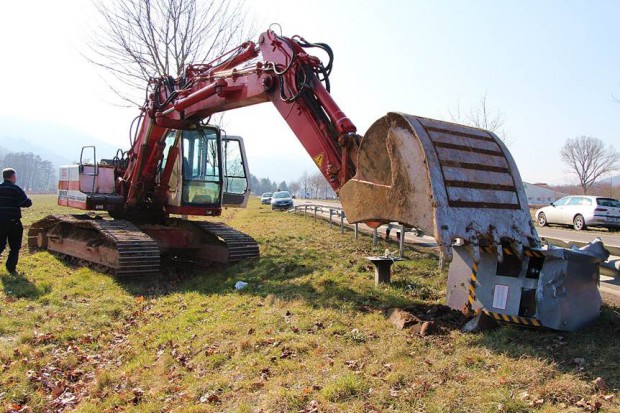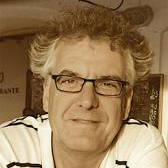This summer and fall will be trenching time, our Belgian, Dutch and Austrian colleagues are opening paleoseismological trenches. The DEM/image of the last post by Christoph shows already some morphological relevant faults in the Aachen area (recognized by the rectangular open-pit lignite mines) that are striking NW-SE. Koen Verbeeck will trench the Rauw Fault/Belgium; Ronald van Balen is in the process of planning a trench across the Peel Boundary Fault (unsure is yet when it will be opened, but it will be this year); and Esther Hintersberger and Kurt Decker in the Vienna Basin (Austria). Koen Verbeeck wrote us to publish this on paleoseismicity.org: The Royal Observatory of Belgium in cooperation with NIRAS/ONDRAF will open a trench on the Rauw fault at Mol (Postel), Belgium. The trench will be dug August 11th 2014, and investigated during the month of August. In the first two weeks (1st to 12th) of September the trench will stay open for (guided) visits. Please contact me (see contact data below) if you would like to arrange a visit. There are already planned visits on 3rd and 9th September (and 10th I am not available). Localisation of trench: Longitude/latitude (WGS ’84) 5.19913°; 51.24830°, The closest address is Postel 10, 2400 Mol, Belgium but the trench site is along Russendorp, 2400 Mol, Belgium. The Rauw fault is parallel to, but outside, the western border of the Roer Valley Graben. It is a very low (average) slip rate fault without geomorphic scarp expression but for which there is however some indirect evidence for Quaternary movement. It’s closeness to a planned nuclear waste repository makes it worthwhile to study the timing of the most recent event/movement and whether we should consider it as an active fault or not. The visitors or participants of the trench party are required to wear safety shoes (or sturdy shoes), fluo safety vest, helmet and safety goggles. We have some spare ones (except the shoes) and, if we know it beforehand can also borrow several more. Koen Verbeeck Royal Observatory of Belgium, Seismology section, Address: Ringlaan 3, 1180 Brussel; e-mail: koen.verbeeck@oma.be GSM: (++32)/(0)479 60 69 08 (best option because I will be out of office a lot of the time); Tel: (++32)/(0)2 37 30 280 So, if possible, join the teams in trench parties this summer and fall. Ronald´s trenching will be late fall, maybe around mid-November. Good luck to all trenchers and don´t trench the speed camera.
Central European trenching goes on!
2014-08-02 | in Earthquake | 4 responses




Manuel Sintubin | 2014-08-04|13:51 (UTC)
In the announcement of Koen Verbeeck with respect to the new trench, is mentioned “It’s closeness to a planned nuclear waste repository makes it worthwhile to study the timing of the most recent event/movement and whether we should consider it as an active fault or not.”
I think it is important to be correct in such delicate matters as nuclear wast repository sites. To date, no nuclear waste repository site has been planned in Belgium. The governement hasn’t even decided yet whether or not to choose the option of a geological disposal, in which host-rock formation the disposal will take place, let alone, a repository site.
At Mol, there is only an underground research facility, in which one of the potential host rocks for a nuclear waste repository, the Boom Clay, is studied.
Klaus Reicherter | 2014-08-04|13:58 (UTC)
Manuel: thanks for clarification. Germany is facing identical tasks in near future.
stephane baize | 2014-08-04|14:00 (UTC)
Thanks a lot for This complementary information Manuel
Manuel Sintubin | 2014-08-05|06:46 (UTC)
Also I have to be completely correct. In my previous comment I only referred to the geological disposal of high-level and long-lived radioactive waste.
With respect to low-level radioactive waste, a disposal site is indeed planned at Mol-Dessel. Because this disposal site will be a building at the Earth’s surface, it is indeed very relevant to know more about possible capable faults in its direct proximity.